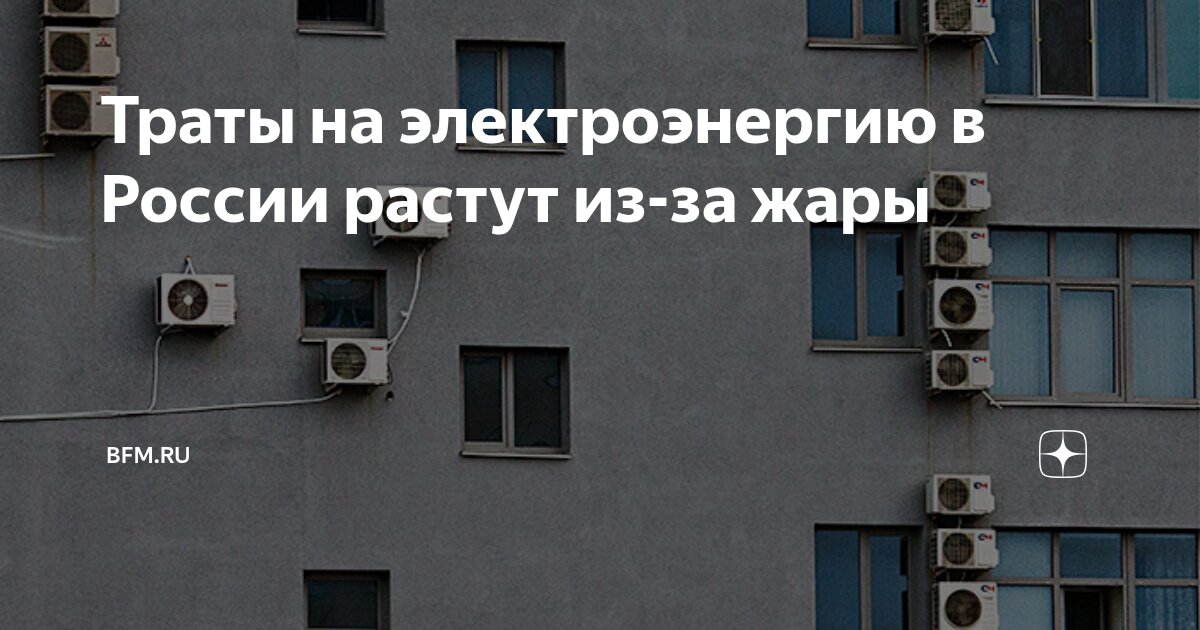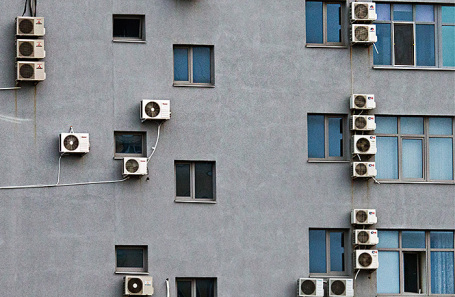
Electricity Costs Rise in Russia Due to Heatwave
Experts anticipate a 5-15% increase in electricity bills across different regions of Russia due to the ongoing heatwave. Household energy consumption, primarily driven by air conditioners and fans, is surging by an average of 20-30% during this hot period. But how is this heatwave impacting business costs?

Anomalously hot weather has gripped Russia. Stavropol has already implemented rolling blackouts, with temperatures hitting +42°C. Authorities report that equipment is overheating, triggering thermal sensors.
Other regions are also setting temperature records, ranging from +36°C to +42°C in the Krasnodar Territory, Astrakhan, and Volgograd regions. Wheat fields in the Rostov region have been burning for several days, with temperatures in the shade exceeding +40°C. Dagestan and Kalmykia see +42-43°C, while coastal cities like Sochi face +36-37°C.
Owners of warehouses storing fruits, vegetables, and greens note that the hot weather, combined with seasonal demand increasing product volumes, necessitates the installation of additional equipment, which in turn requires more electricity.
Here`s what Ruslan Suleymanov, head of «Fruktovikov,» a company dealing in wholesale fruit and vegetable supplies, says about his 300-square-meter warehouse:
— We have cold rooms and air conditioners. One room is set to 5°C, another to 0°C. The warmer it gets, the harder it is for the equipment to cope. About 15% of costs go just to electricity consumption. Our cold rooms cost around 20,000 rubles per month, but in this kind of heat, it reaches about 35,000-40,000, even up to 50,000 rubles.
— And air conditioners? How much do they cost in the summer?
— About 10,000 rubles per month during the summer. We have four AC units plus two cold rooms. So, collectively, the expense is probably around 100,000 per month.
— Have tariffs increased significantly this year?
— Well, by about 10%. This directly impacts the prices of fruits and vegetables.
Marketplaces traditionally report a surge in demand for fans and air conditioners. Here’s a comment from Dmitry Borshchevsky, a representative of Wildberries and Russ:
During the current heatwave from July 7th to 10th, when temperatures in central Russia exceeded 30 degrees, demand for fans increased by nearly 70% compared to the previous week. On average, a fan can be purchased for 1300 rubles. Sales of split systems are less dependent on temperature fluctuations, as these purchases are usually planned. Their sales also showed good organic growth of 23%. Sales of mobile air conditioners, which are full cooling units that don`t require special installation, grew by 56% during the hot period.
Taxi passengers might have noticed that drivers often open windows instead of turning on the air conditioning. However, this offers little fuel economy, claims Moscow taxi driver Petr:
Costs definitely go up, fuel consumption increases. If, say, without AC I get 6-6.5 liters per 100 kilometers, with AC it’s a full 9 liters per 100 kilometers. If you drive 300 kilometers, you lose 500 rubles a day. But when you open the windows and drive on the Moscow Ring Road at 100 kilometers per hour, you get a parachute effect that slows you down. You still have increased consumption. I drove a new Skoda Octavia, a nine [engine size], when you pick up speed to 80 kilometers, if your windows are open, the car says: «Close windows for economy.» I always have a comfortable temperature with AC. I see how people drive with all windows open. I don`t understand how that`s possible.
Meanwhile, restaurateurs say that the costs of running air conditioners are insignificant in the overall sum of electricity expenses. The air conditioning and ventilation system operates continuously because even when it`s cold and heating isn`t yet on, the air needs to be warmed; when it`s damp, it needs to be dried; and in the heat, obviously, it needs to be cooled.











